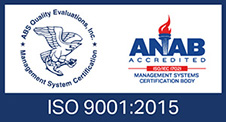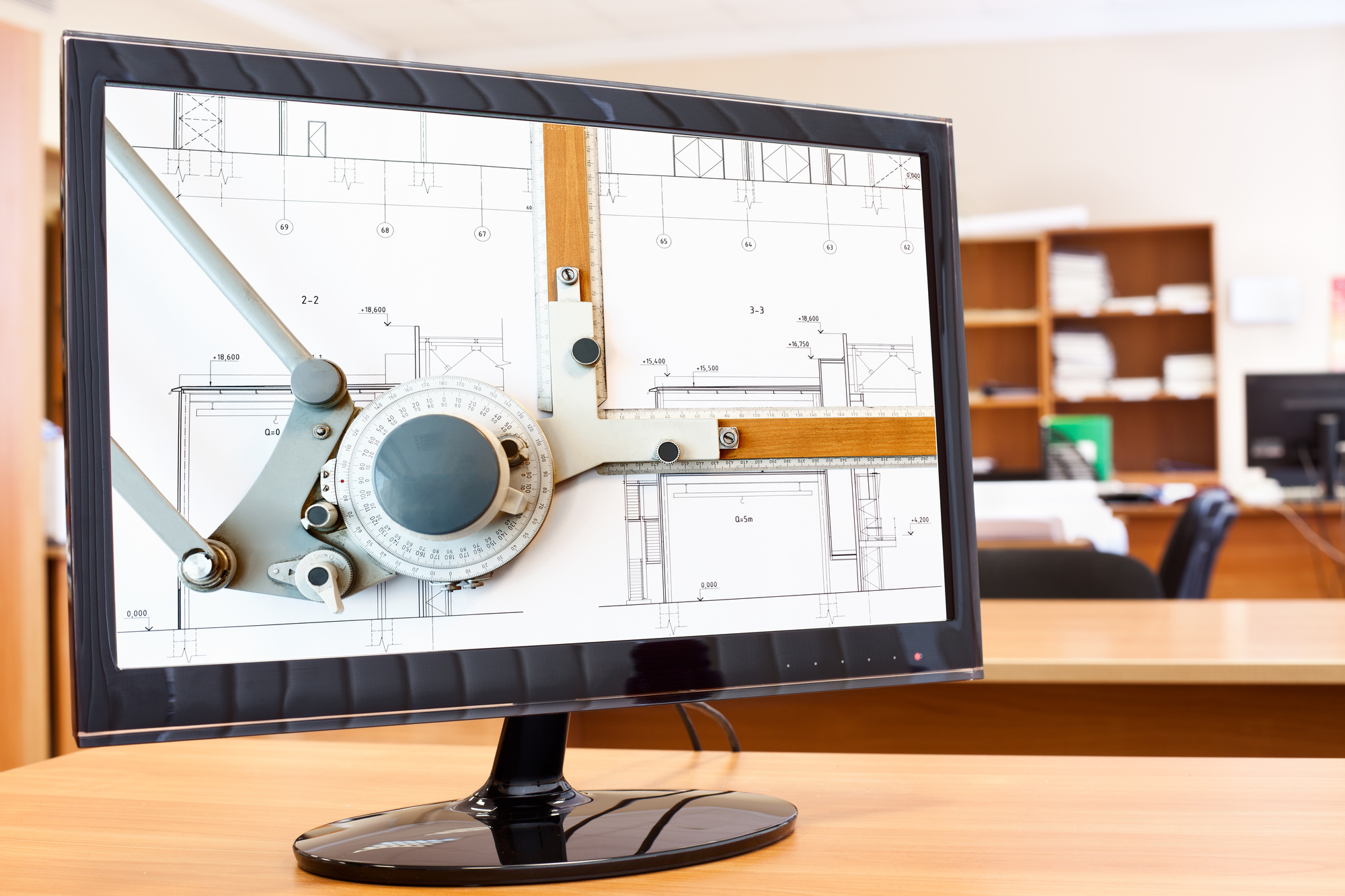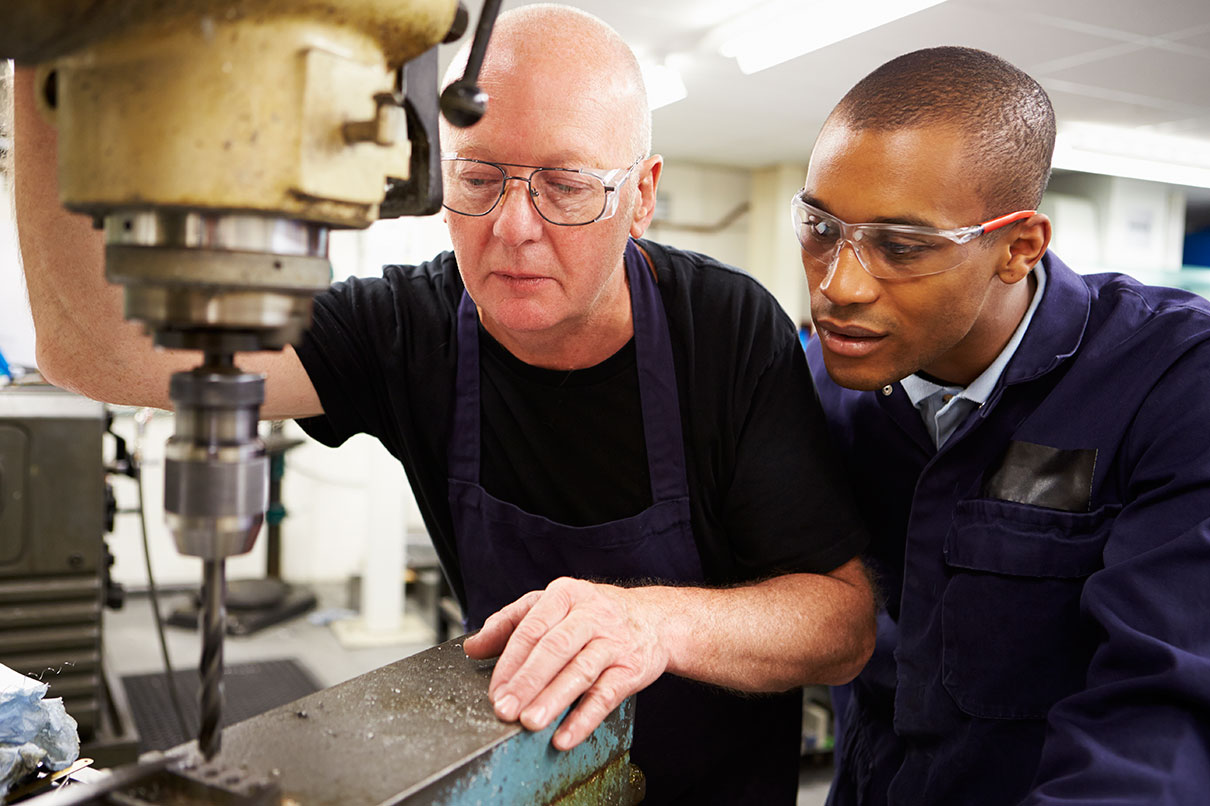What is selective plating?
Before we get into the definition, let’s take a moment to consider zinc-nickel alloys. Did you know that a combination of 15% nickel and 85% zinc provides corrosion resistance than zinc alone?
When you combine two metals to create an alloy, it can sometimes offer advantages the disparate metals alone do not have. It can also reduce your costs without sacrificing quality.
In the case above, nickel slows the corrosion process. You can use 6% to 20% nickel to produce the best outcome. Together, the metals prevent the formation of white rust for 500 hours or red rust for 1,000 hours.
The process of applying an additional layer of metal is called metal plating. This article describes the type of metal plating called selective plating. By the time you finish, you’ll know what it is and why people use it.
Electroplating and Electroless Plating Processes
Before we dive in and talk about things like selective gold plating, we need to review the basic science behind plating.
Electroplating necessitates the use of electric currents. The electricity reduces the dissolved metal cations. They’re ions with a positive charge.
The current helps cations form a thin metal coating on a submerged object in a process called electrodeposition. It changes the surface properties of an object. This increases corrosion resistance, reduces friction, and improves durability.
Similar to a circuit, the electroplating process uses electrodes to create a thin metal coating. We call the item to be plated a cathode. The metal to be applied is called the anode.
You immerse both components in an electrolyte bath which contains metal salts to help increase the flow of electricity.
When you apply the electric current to the anode, it oxidizes the metal atoms and dissolves them into the electrolyte solution. The cathode attracts these metal ions. The ions stick to the object and begin to plate together.
After you finish the process, the cathode’s chemical, physical, and mechanical properties change. We’ve already stated some of the commonly sought properties of metal plating. Others include improved strength and resistance to pressure.
Electroless methods don’t require any additional electricity. They produce what they need through auto-catalytic chemical reactions. The process requires several reactions to take place in the liquid bath in which the object to be plated is immersed.
What is Selective Plating?
Sometimes, rather than plating an entire object, you may want to plate only part of it. This process is commonly called selective plating or brush plating.
The brush is typically a stainless steel piece wrapped in cloth. It holds a plating solution and stops the body from making direct contact. An operator dips the bush in a plating solution and applies a plate to a localized area.
This spot-plating technique can repair and refurbish any part or component. It doesn’t require immersion in an electrolyte bath, but it still uses the same principles of electroplating.
In some ways, brush plating looks like welding. An operator holds the flexible brush and attaches it to the power supply.
The cathode is still the object to be plated. The anode, on the other hand, now comes in the form of a handle wrapped in absorbent material, usually cloth. The cloth sucks up the electrolyte solution during the brush plating process.
When the operator moves the anode over the cathode, it completes a circuit. This initiates the plating process. You may apply the electrolyte solution to the brush by dipping your brush or pumping in the solution.
Note: Don’t confuse selective plating for metals and selective plating for biological materials. The first adds a layer of metal to an object. The second is used by scientists to grow bacteria and viruses for study.
Blush Plating vs. Immersion Washing
When you compare these two types of plating, consider the following benefits of brush plating:
- Requires less power
- No need to use masks
- Faster for smaller areas
- Easy to perform in any environment
- Reduces the need for high-volume chemicals
- Perfect for large parts which don’t fit in a bath
One of the most considerable advantages of brush plating is that you can do it anywhere. This mobile service can travel just as quickly to your factory or your offsite location. You need not transport your materials to the electroplating facility.
Selective plating’s ideal for small jobs and low-volume needs.
Electroplating with an immersion bath is more suitable for large-volume projects. It can produce metal plating thicker than that provided by selective plating. It also gives a greater uniformity on the surface of the cathode.
It’s ideal for objects with surfaces which need to be painted. The metal creates the perfect surface.
What’s Selective Plating Used For?
Whether you work in the aerospace, energy, or manufacturing industry, selective plating is the perfect tool. It offers excellent flexibility and eliminates downtime. It also reduces the problems created when you take components off-site to be treated.
This type of plating helps to eliminate build-up on essential bearings and bushings. You can plate a localized area near those with close tolerances or thick walls. Also, some metals give unique advantages for soldering and welding.
Furthermore, metals that offer a greater strength increase the strength of your components’ joints. You can even choose metals which give you enhanced conductivity. In a full immersion bath, these metals may otherwise be cost inhibitive, as they are usually precious metals.
Some components are also too large or unwieldy. They’re unsuitable for immersion baths. When you use a brush, you can quickly plate said components.
Common Metals Used in Plating
Operators can use both metals and complex alloys when plating your goods. Each offers its own chemical, mechanical, and physical properties. In some cases, it comes in the form of a clean, bright shine. In others, it’s the reduction of wear and tear.
These are the metals most commonly used in plating:
- Copper
- Zinc
- Nickel
- Gold
- Chromium
- Silver
- Cadmium
Note: this is not an exhaustive list. The metals here represent the most common ones used.
What’s Next?
Well, did you learn all you need to learn about selective plating? If not, we’ve at least laid the groundwork for what you need to know.
If you need to learn more, don’t hesitate. Jump over to our contact an expert page and fill out the form to get in touch with us. Do it now, while it’s still fresh in your mind.
So long and good luck!











